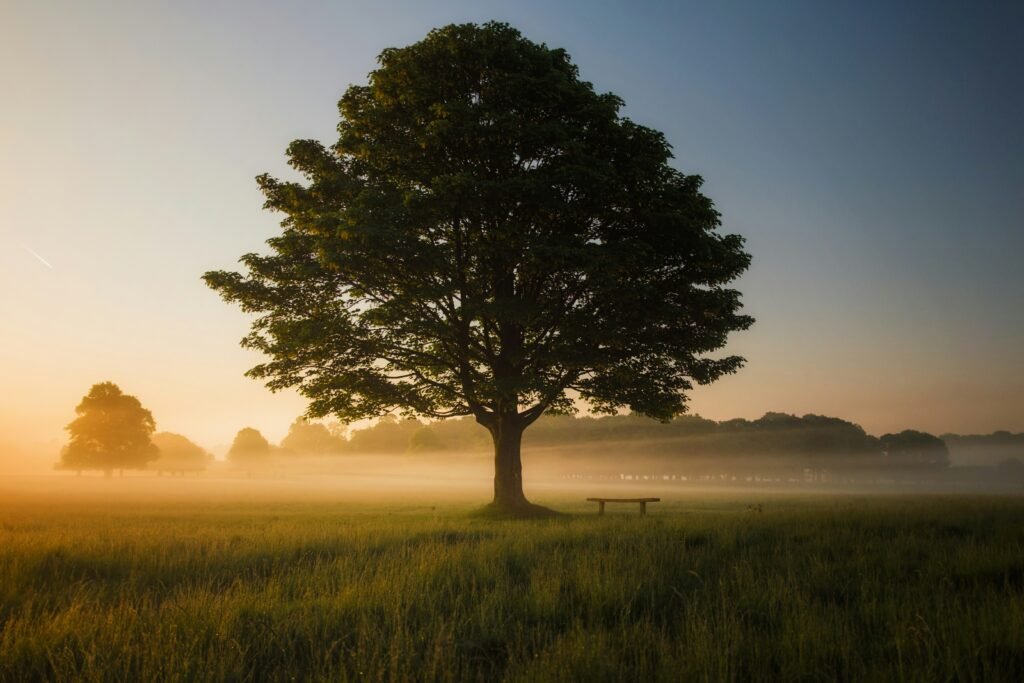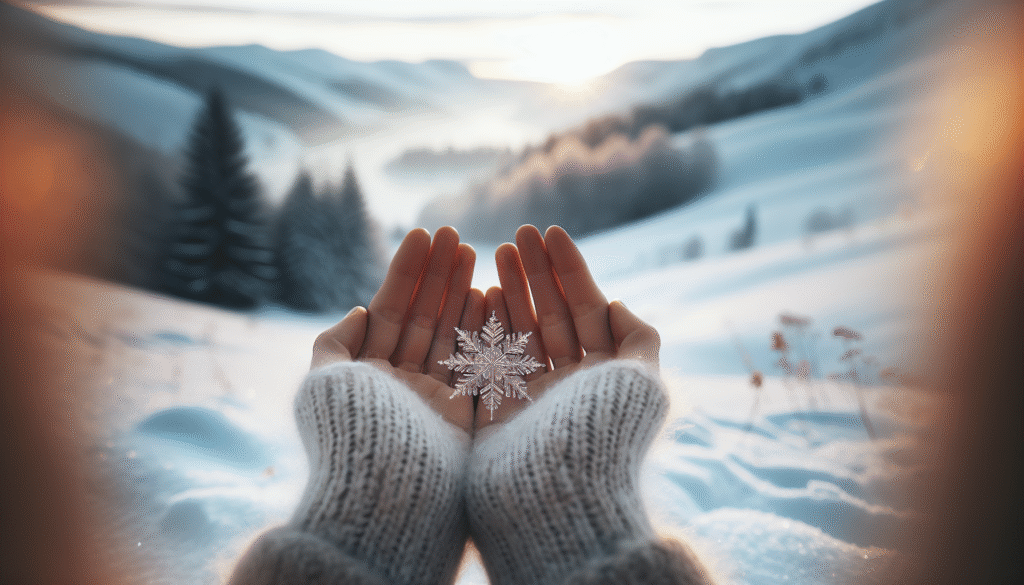Have you ever stopped to think about how you react to the cold? It’s a simple question, but your response can reveal a lot about your mindset and emotional approach to challenges. There’s so much more to those chilly days than just bundling up and complaining about how much you hate the cold. Understanding your reactions can lead to a more mindful existence.
Understanding Mindfulness
Mindfulness isn’t just a trendy buzzword. It’s a practice that encourages you to be fully present and aware of your thoughts and feelings without judgment. When aiming for mindfulness, especially concerning harsh weather like cold, it helps you recognize how you react—either with observation or resistance.
What Do You Mean by Observation and Resistance?
When you observe, you take in the cold for what it is without layering on emotional baggage. You notice the chill in the air, the sound of your breath, or even the way the frost coats the trees. On the other hand, resistance often manifests as complaints, negative thoughts, or even physical discomfort that makes coping with the cold more challenging.
Why It’s Important to Differentiate
Understanding these two responses is crucial. If you remain aware of your thoughts and feelings, you can choose how to respond instead of automatically falling into old patterns. This practice can enhance not only your emotional resilience but also your general approach to life’s challenges.
The Nature of Cold
Before we dive into how you can react mindfully, let’s take a moment to appreciate the cold itself. What do you perceive when temperatures drop?
Physical Sensations
Cold weather brings a multitude of sensations. It can feel like a sharp bite against your skin or a delicate kiss of crisp air. Each person experiences these feelings differently, and understanding your physical reaction can play a vital role in how mindful you are.
Cultural Perspectives on Cold
Culturally, cold weather has various meanings. Some see it as a season for cozying up with hot drinks, while others relate it to emotional chilliness. Media portrays winter as a magical wonderland or a treacherous season filled with snowstorms. Think about how these cultural narratives shape your own reactions to the cold around you.

Observing the Cold
Imagine stepping outside, the air hits you, and—boom—you hit that moment of realization. You’re experiencing the cold.
Becoming Aware
Making a conscious effort to observe your surroundings can shift your perspective entirely. Instead of rushing to your car, try taking a moment to breathe in the frigid air. Feel it on your skin.
Practice: The Five Senses
Using your five senses is a great way to practice observation:
- Sight – Notice how the light changes; winter brings a different hue.
- Sound – Listen to the crunch of snow under your boots or the rustle of bare trees.
- Touch – Feel the texture of your clothing against your skin and the temperature of the air.
- Smell – In some areas, winter carries distinct scents, whether it’s wood smoke from someone’s home or a crispness that feels fresh.
- Taste – Pay attention to how a warm drink feels sliding down your throat.
The Power of Presence
Being present even while you’re outside in the cold can root you in the moment. Instead of complaints floating through your mind, stay engaged with your surroundings. That initial shock of cold can transition to a source of invigoration if you let it.
The Draw of Resistance
What’s your first instinct when you feel a chill? Most of us can relate to the immediate urge to resist it.
Emotional Responses
Resistance often breeds negative feelings. You might catch yourself thinking, “I can’t stand this cold!” or “Why can’t it just warm up?” Your thoughts spiral into a narrative of unending dislike and frustration, which can ultimately cloud your mental state.
Dealing with Discomfort
When you resist discomfort, you exacerbate your suffering. Instead of thinking, “This is awful,” you could adjust your mindset. Lighten up on yourself. Recognizing that discomfort is temporary can change the entire scenario.
Physical Responses
The struggle against cold often manifests physically, as you might hunch your shoulders or clench your jaw. These responses can tense your body, making you feel even less comfortable. Trying to combat the cold creates stress that’s best avoided.

Finding Balance: Observation vs. Resistance
Striking a balance between observing and resisting is a delicate dance, especially when dealing with something as straightforward as cold weather.
Cultivating Mindful Reactions
Suppose the cold takes hold one early winter morning. Instead of muttering under your breath about how you despise the weather, consider offering a new thought: “This is interesting.” That simple shift can realign your mental space.
Journaling Your Thoughts
Keeping a mental or physical journal of your reactions can help. Write down your observations and resistance thoughts, and reflect on the triggers behind them.
| Emotion | Observation | Resistance |
|---|---|---|
| Cold | “The air is crisp.” | “I hate how cold it is.” |
| Rain | “The sound is soothing.” | “I can’t believe it’s raining.” |
| Snow | “It’s beautiful.” | “I don’t want to shovel again.” |
Recognizing these patterns is the first step towards better mindfulness when faced with cold.
Mindful Practices in Cold Weather
You can adopt various practices to promote mindful engagement with cold weather.
Breathing Exercises
Paying attention to your breath can anchor you. When you feel the cold, focus on your inhales and exhales. With each breath, envision inhaling warmth and exhaling resistance.
Simple Breathing Technique
- Find a quiet spot if possible.
- Inhale deeply through your nose for a count of four.
- Hold the breath for a count of four.
- Exhale slowly through your mouth for a count of four.
- Repeat this cycle several times until you feel a shift.
Engaging the Body
Physical movement can deflect resistance and bring in a sense of observation. Walking briskly in the cold engages your heart rate and helps you feel alive rather than frozen.
Outdoor Activities
Consider trying activities like:
- Walking: Enjoy a brisk walk and notice the beauty in the stark landscape.
- Yoga: Practicing yoga outside can be invigorating. The contrasting sensations of a warm body in cold air can enhance your awareness.
- Outdoor Sports: Engage in winter sports. It’s an exciting way to view the cold as an ally rather than an enemy.
Connecting with Nature
Take time to connect with the natural world. When you hike, ski, or simply stroll outside, make a habit of focusing on everything around you—the changing scenery, the chill in the air, and the sounds that surround you.

Building Resilience through Mindfulness
As you cultivate this mindfulness practice, you’ll likely build resilience—not just towards cold but towards all challenges life throws your way.
Reframing Challenges
When faced with discomfort, consider this a chance for growth rather than a hurdle. Ask yourself, “What can I learn from this experience?”
Developing a Growth Mindset
By reframing the narrative from one of resistance to observation, you’re actively participating in your own transformation.
Leaning into Discomfort
Much like challenging weather, discomfort can be an instructor. Leaning into it rather than retreating allows you to develop strength and adaptability.
Mindfulness: A Year-Round Practice
Mind-altering mindfulness isn’t reserved for cold days. It’s about equipping yourself with the tools to observe and resist—not only in winter but throughout your seasonal journey.
Seasonal Mindfulness
Each season has its challenges and joys. Spring brings allergies, summer may offer heat, autumn can come with shorter days. Adapting your mindfulness practices year-round can keep you in tune with your emotions and surroundings.
Transitioning Mindfulness
As the seasons change, take a moment to pause and notice how your feelings adapt. Cultivating awareness across seasons will enrich your experience.

In Conclusion
So, how do you respond to the cold? Observing rather than resisting can transform your experience from discomfort to presence. This transition encourages you to engage with the world differently, turning challenges into moments of mindfulness.
The next time the cold hits, you’ll have the tools to embrace it. Remember, the way you react can influence not only your day but also your mindset, shaping your emotional landscape moving forward.
By choosing observation over resistance and stepping into each moment mindfully, you’re not just surviving the cold—you’re thriving in it.

